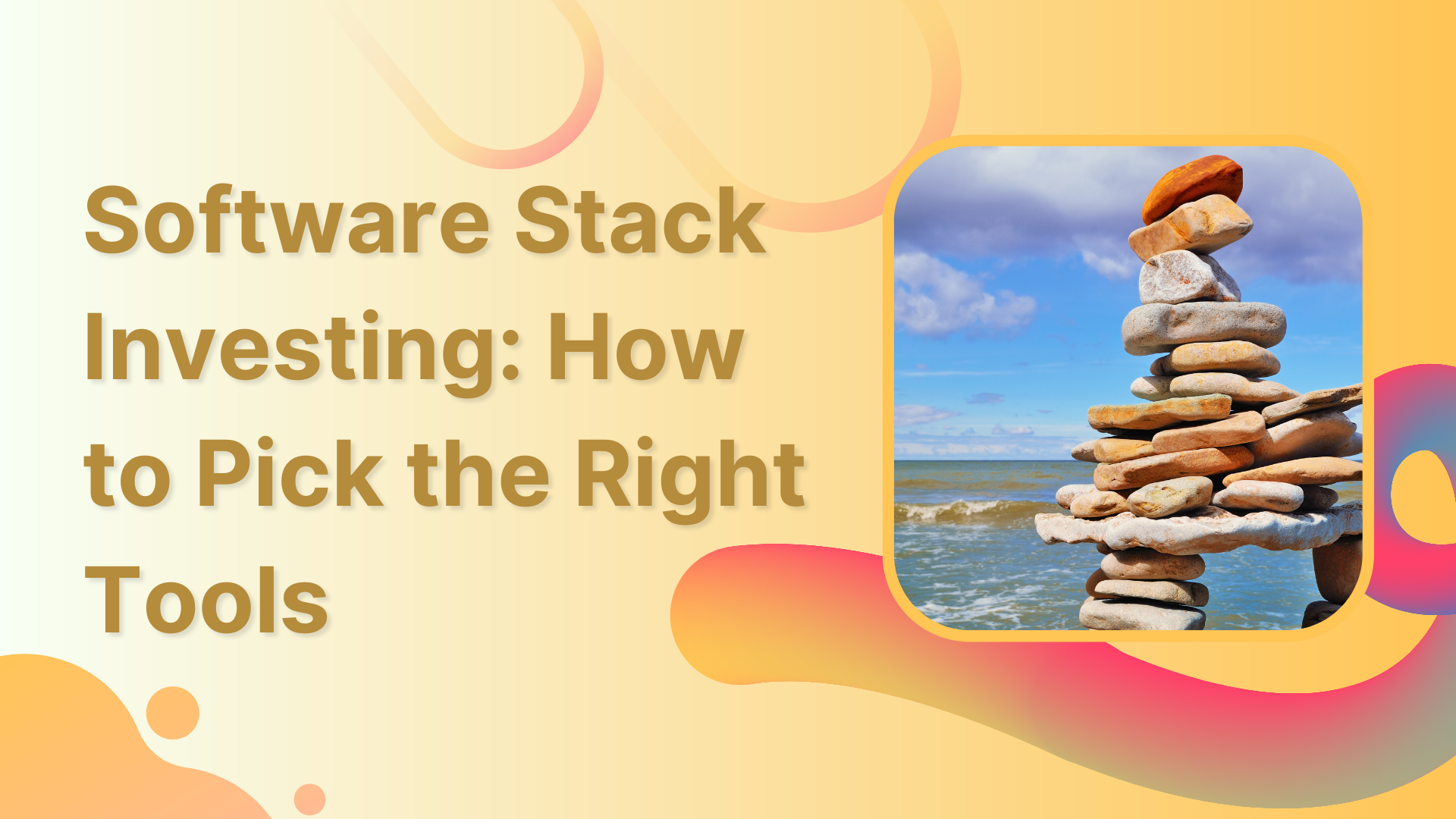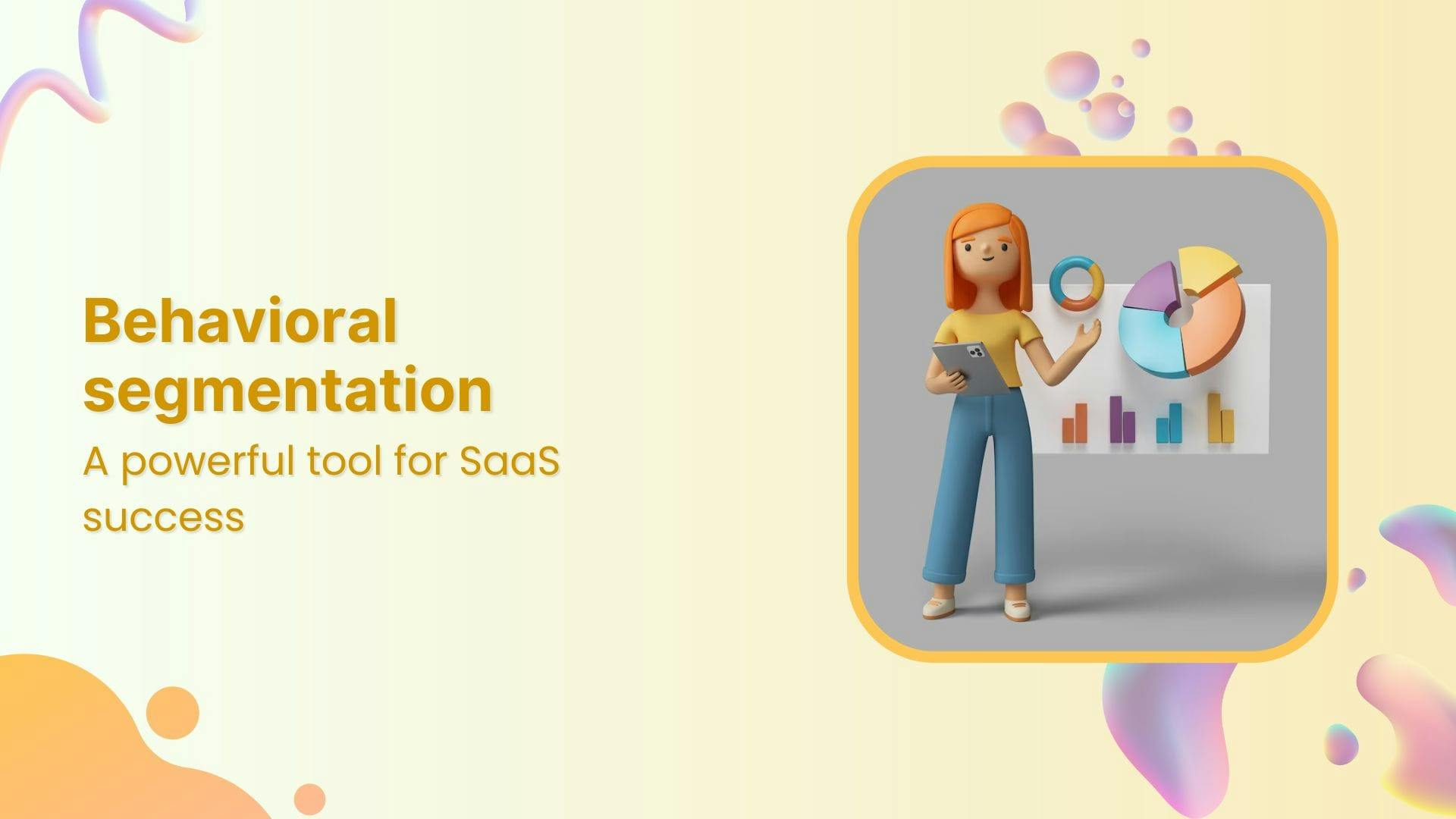
Software Stack Investing: How to Pick the Right Tools
Sep 30, 2022
6 mins read
If you're like most people, you probably think of software stack investing as something that only big companies or wealthy individuals can afford to do. But the truth is, anyone can invest in software stocks – and there are plenty of good reasons to do so.
For one thing, the global software industry is growing at an incredible rate. According to a recent report from MarketsandMarkets, it's expected to reach $822 billion by 2022. That means there are lots of opportunities for investors to make money in this sector.
Another reason to consider software stack investing is that they tend to be less volatile than other types of stocks. This means they're less risky and more likely to provide steady growth over time.
And finally, many software companies pay dividends, which can provide a nice source of income for investors.
Defining Software Stack Investing
When it comes to software stack investing, there are a few key things to keep in mind.
First, it's important to define the software stack. This can be thought of as the foundation your software investment is built. It includes the operating system, web server, database, and programming language.
Once you have a good understanding of the software stack, you can start to look at how to invest in it.
There are a few different ways to invest in the software stack. One way is to buy the stocks of companies that make products that are part of the stack.
Another way is to invest in software companies that develop products for the stack.
And finally, you can also invest in companies that provide services for the stack.
No matter how you choose to invest in the software stack, it's important to do your homework and understand the companies you're investing in. By doing this, you can help ensure that your investment will be a success.
Identifying Attractive Investments
When it comes to making money, there are a lot of options out there. But, not all options are created equal. You want to make sure you are investing in something that is going to give you a good return on your investment.
So, how do you know if an investment is a good one?
There are a few things you can look for when you are trying to identify an attractive investment. One thing you can look at is the software stack.
The software stack is the collection of software that a company uses to run its business. It includes everything from the operating system to the applications that employees use.
Investing in a company that has a strong software stack is a good idea because it means that the company is using good quality software that is up to date. This can help the company run more efficiently and can also help it avoid problems that can occur when using outdated software.
Another thing you can look at when you are trying to identify an attractive investment is the management team. A good management team is essential for any company, but it is especially important for a company that is trying to grow and make money.
Investing in a company that has a strong management team is a good idea because it means that the company is being run by people who know what they are doing. They will be able to make decisions that are in the best interest of the company and its shareholders.
Finally, you want to look at the financials of the company. This includes looking at the revenue and profit of the business.
Investing in a company that is profitable is a good idea because it means that the company is making money. This can help you make money if the company continues to be profitable.
When you are trying to identify an attractive investment, you want to look at the software stack, the management team, and the financials of the company. These are all important factors that can help you make money.

(Source)
Assessing Risk and Potential Return
When it comes to software stack investing, there are a few key things to keep in mind in order to assess risk and potential return.
First and foremost, it's important to have a clear understanding of what you're investing in.
What does the software do?
How does it work?
What are the potential risks and rewards associated with it?
Once you have a good understanding of the investment, it's important to look at the potential return.
What are the chances that the software will be successful?
What are the potential rewards if it is successful?
Of course, no investment is without risk and there's always the potential for loss. However, by carefully assessing both the risk and potential return, you can make an informed decision about whether or not software stack investing is right for you.
Building a Diversified Portfolio
When it comes to investing, there are a lot of different strategies out there. But one strategy that can be beneficial for many investors is building a diversified portfolio.
One way to diversify your portfolio is to invest in a variety of different asset types. This can include stocks, bonds, and other investments. But another way to diversify your portfolio is to invest in a variety of different sectors.
One sector that can be a great addition to your portfolio is the software sector. This sector is made up of companies that develop and sell software products.
There are a lot of different software companies out there, and they offer a lot of different products. This can make the software sector a great place to build a diversified portfolio.
Here are a few software companies that you may want to consider adding to your portfolio:
- Microsoft (MSFT)
- Oracle (ORCL)
- Adobe (ADBE)
- Symantec (SYMC)
- Intuit (INTU)
When it comes to software stack investing, there are a lot of different options out there. So, take your time and do your research to find the right companies for your portfolio.
Monitoring and Rebalancing
Software stack investing is a process of monitoring and rebalancing your investment portfolio to ensure optimal returns. By regularly reviewing your investment mix, you can make sure your portfolio is still in line with your goals and risk tolerance.
While there's no perfect formula for software stack investing, there are a few key things to keep in mind.
First, remember to diversify your investments across different asset classes. This will help mitigate risk and maximize returns.
Second, don't forget to rebalance your portfolio on a regular basis. This means selling assets that have increased in value and buying assets that have declined in value. This helps to keep your portfolio balanced and prevents you from becoming too reliant on any one investment.
Finally, stay disciplined with your investment strategy. It's important to have a plan and stick to it. This will help you stay focused and avoid making impulsive decisions that could jeopardize your investment goal.
By following these tips, you can ensure that your software stack investing strategy is on track and help you reach your financial goals.
Frequently Asked Questions
What is a software stack?
A software stack is a type of software that allows you to invest in multiple software products at the same time. This type of software is typically used by investors who want to diversify their portfolios and reduce their risk.
What are stacks investing?
Stacks investing is a term used to describe the process of investing in software companies that offer products or services that are complementary to each other and can be integrated to create a complete solution.
What is software investment?
Software investment refers to the process of investing in software companies in order to gain a financial return. This can be done through equity investments, venture capital, or private equity.
Conclusion
If you're looking to invest in software stocks, there are plenty of good reasons to do so. The global software industry is growing at an incredible rate and there are lots of opportunities for investors to make money in this sector.
Software stocks also tend to be less volatile than other types of stocks, which means they're less risky and more likely to provide steady growth over time.
Many software companies also pay dividends, which can provide a nice source of income for investors.
So if you're thinking about software stack investing, be sure to research the different options carefully before making your decision.

Know what's happening at every touchpoint of your users’ journey with AI-powered analytics.
It's 100% Free to Try!


